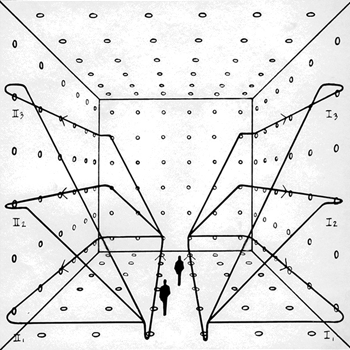A bar magnet falling inside a vertical metal tube reaches a terminal velocity even if the tube is evacuated so that there is no air resistance. Explain?
1 Answer
As the magnet moves through a (non-magnetic) conducting metal tube, it will induce an EMF in the tube according to Faraday's Law. That creates an opposite-acting magnetic force that is recognised in Lenz's law .
If we take Faraday's Law:
...then, we might suggest that the change in flux
On that basis:
It also seems reasonable to argue that the back magnetic force is therefore a function of
This is a separable DE in form:
With
And
That's very much a first stab but it suggest that there will be a trade off and that a terminal velocity exists.
Here's a really cool YouTube Vid on it
() .

